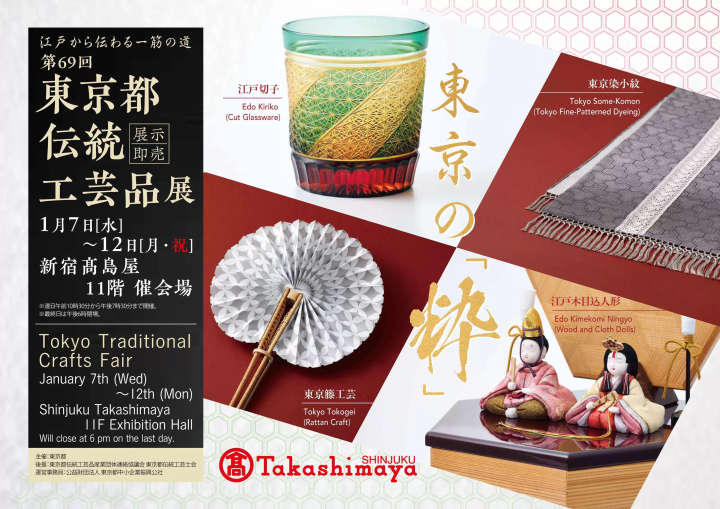3-Day Kyushu Itineraries: Scenic Views, Hot Springs, and Hidden Gems

This article introduces model itineraries for a three-day trip in Kyushu, enjoy scenic views and hot springs from Kumamoto to Oita, or explore trending spiritual spots from Miyazaki to Kagoshima. Use this as a guide for your next trip to Kyushu!
Explore Kyushu: Recommended 3-Day Itineraries
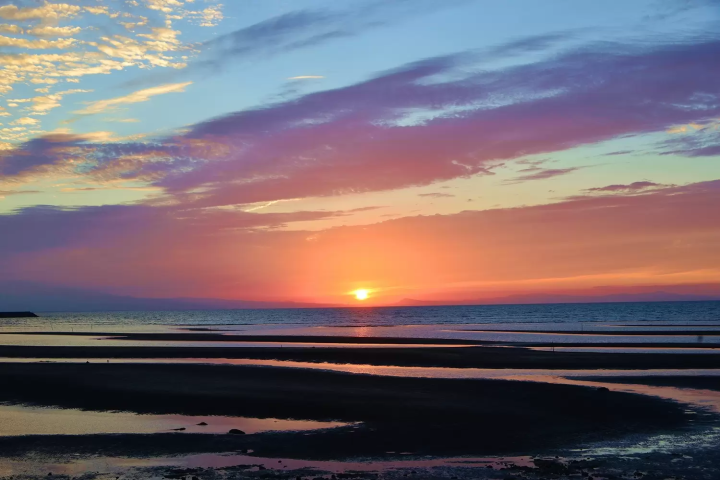
Kyushu, home to major cities like Fukuoka and hot spring resorts like Beppu and Yufuin, offers many attractions, including hot springs, coastal scenery, and historic shrines.
In this article, we introduce itineraries that include some of Kyushu’s must-see sightseeing destinations, featuring breathtaking views, hot springs, and spiritual spots.
Kyushu Itineraries
Kumamoto to Oita: A 3-Day Itinerary for Scenic Views
Day 1: Kusasenrigahama (Kumamoto)
Day 2: Kokonoe Yume Otsurihashi Bridge (Oita)
Day 3: Matama Coast (Oita)
Kumamoto to Oita: A 3-Day Itinerary for Hot Springs
Day 1: Kurokawa Onsen (Kumamoto)
Day 2: Yufuin Onsen (Oita)
Day 3: Beppu Onsen (Oita)
Miyazaki to Kagoshima: A 3-Day Itinerary for Spiritual Spots
Day 1: Aoshima Shrine (Miyazaki)
Day 2: Udo Shrine (Miyazaki)
Day 3: Kirishima Shrine (Kagoshima)
Theme is Key for a 3-Day Trip in Kyushu!
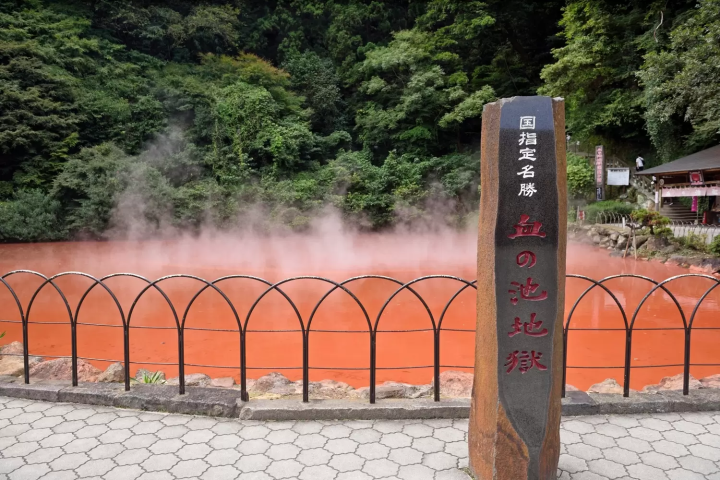
Even if you simply refer to the region as “Kyushu,” it consists of seven prefectures (excluding Okinawa), each with its own unique sightseeing destinations.
For that reason, the key to sightseeing is to determine a theme!
First, by thinking about what you want to do and deciding on a theme, you can determine where to go within the expansive region of Kyushu.
In this article, we introduce model itineraries for sightseeing in Kyushu based on three themes: scenic views, hot springs, and spiritual spots.
Kumamoto to Oita: A 3-Day Itinerary for Scenic Views
First, we’ll introduce a model itinerary for Kumamoto to Oita based on the theme of “scenic views.”
This itinerary includes arriving at Aso Kumamoto Airport (outbound) and departing from Oita Airport (return) while using a rental car.
Day 1: Kusasenrigahama (Kumamoto)
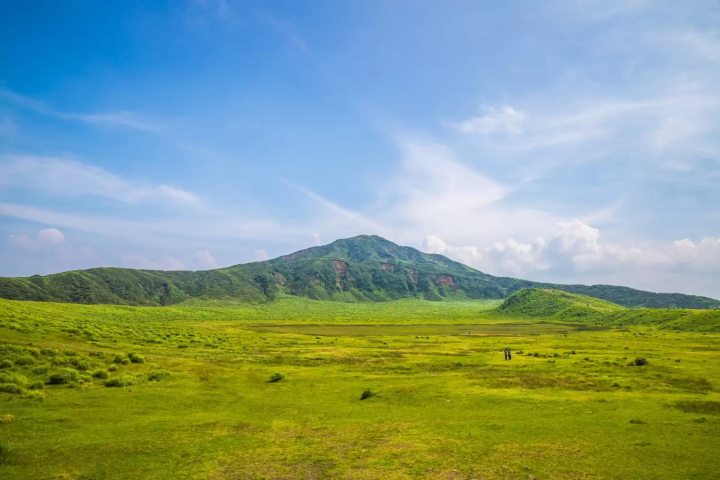
Kusasenrigahama is an iconic sightseeing spot in the surrounding Mt. Aso area, home to one of the world’s largest caldera terrains.
Situated at an elevation of 1,100 meters on a plateau, the observatory offers views of 780,000 square meters of grassy plains.
In the summer, your view is filled with nothing but green and you can spot horses grazing leisurely as they eat grass.
In the background, you can admire Mt. Aso Nakadake Crater as smoke rises and experience a massive scale found only in Aso.
Additionally, the mountain transforms into a world of snow during the winter, offering different sights to enjoy with each season.
Near the parking lot, you’ll find the Aso Volcano Museum and a cafe.
Day 2: Kokonoe Yume Otsurihashi Bridge (Oita)

Kokonoe Yume Otsurihashi Bridge, located about 25 minutes from Kokonoe IC, is a popular sightseeing spot where you can appreciate nature.
This suspension bridge, 777 meters above ground, is known as Japan’s tallest pedestrian suspension bridge.
With a massive scale of 390 meters in length and 173 meters in height, the bridge offers panoramic views of the magnificent surrounding nature, including Shindo Falls, selected as one of Japan’s Top 100 Waterfalls.
The foliage is especially stunning in autumn, offering incredible views to enjoy. While you can experience the thrill of the bridge swaying, be sure to prioritize safety as you immerse yourself in nature.
Day 3: Matama Coast (Oita)

National Route 213 runs along the coastline of Bungotakada, Oita Prefecture.
A section of this route is known as Koikana Road, or “the road that makes love come true,” and has become a sightseeing destination.
Scattered along this road are romantic spots such as Awashima Shrine, home to a heart-shaped rock, Koikana Tunnel, where you can enjoy art, and more. Among them, we highly recommend Matama Coast.
This spot, selected as one of Japan’s Top 100 Sunsets, is a coast where you can watch the beautiful sunset as it sinks below the horizon.
At Matama Coast Koikana Yuhi Terrace, located next to the coast, you’ll also find an observation terrace and restaurant.
Kumamoto to Oita: A 3-Day Itinerary for Hot Springs
For our second model itinerary, we introduce a route to fully enjoy the hot springs in Kumamoto and Oita. You will arrive at Aso Kumamoto Airport (outbound) and depart from Oita Airport (return).
Day 1: Kurokawa Onsen (Kumamoto)

Buses depart from Aso Kumamoto Airport, providing convenient access to the onsen, with a travel time of just under two hours—the reason for its popularity.
Embracing the concept of “a single inn within Kurokawa Onsen,” the 30 inns in this hot spring town collectively provide hospitality as one unified establishment.
This atmospheric town is home to many restaurants and souvenir shops for you to enjoy on a leisurely stroll.
By purchasing a nyuto tegata, a special wooden pass, you can access three out of the 25 open-air baths in Kurokawa Onsen of your choice.
Day 2: Yufuin Onsen (Oita)
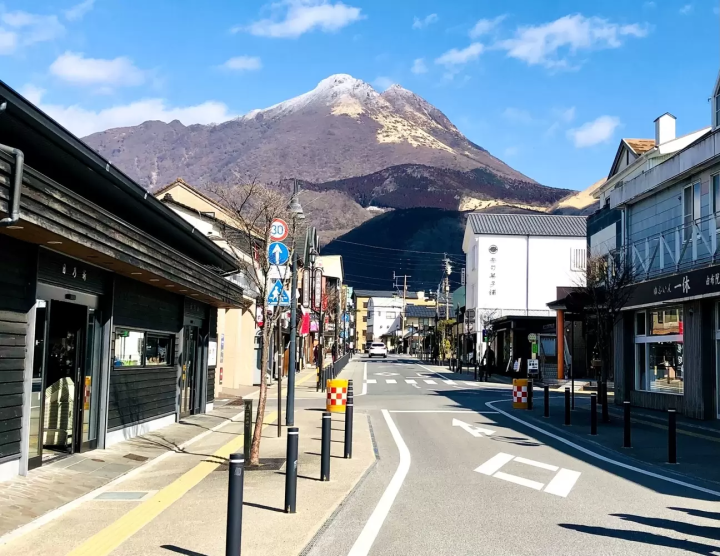
On day two, head to Yufuin Onsen in Oita Prefecture. The bus ride from Kurokawa Onsen takes about an hour and a half to two hours, making for an easy journey.
Yufuin is one of Japan’s most famous hot spring towns, ranking second in the country for both water volume and number of hot spring sources.
Located in a basin surrounded by Mt. Yufu and other mountains, you can leisurely enjoy the hot springs amidst a nature-rich landscape.
We recommend spending your time riding a horse-drawn carriage, a popular local attraction, around the town or leisurely strolling through the shop-lined streets.
Day 3: Beppu Onsen (Oita)
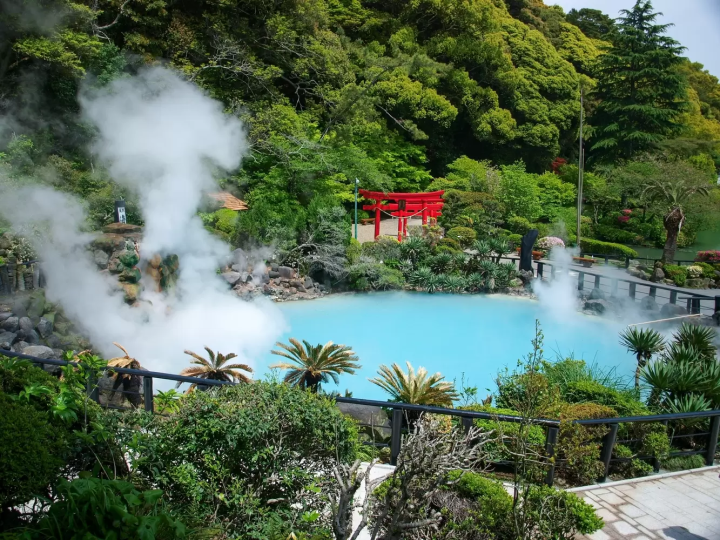
Take a 70-minute bus ride from Yufuin Onsen, and you will arrive at Beppu Onsen, which boasts the highest water volume and number of hot spring sources in Japan.
The onsen is made up of eight hot spring districts, collectively known as Beppu Hatto, and is known for offering a variety of spring water types to enjoy.
While visiting the “Hells of Beppu,” a classic sightseeing route, is a great option, the real fun of the trip lies in exploring the retro streetscapes that evoke the Showa era and visiting local public bathhouses used by the residents.
Miyazaki to Kagoshima: A 3-Day Itinerary for Spiritual Spots
Our third itinerary takes you on a route through spiritual spots in Miyazaki and Kagoshima. You will arrive at Miyazaki Bougainvillea Airport (outbound) and depart from Kagoshima Airport (return).
Day 1: Aoshima Shrine (Miyazaki)
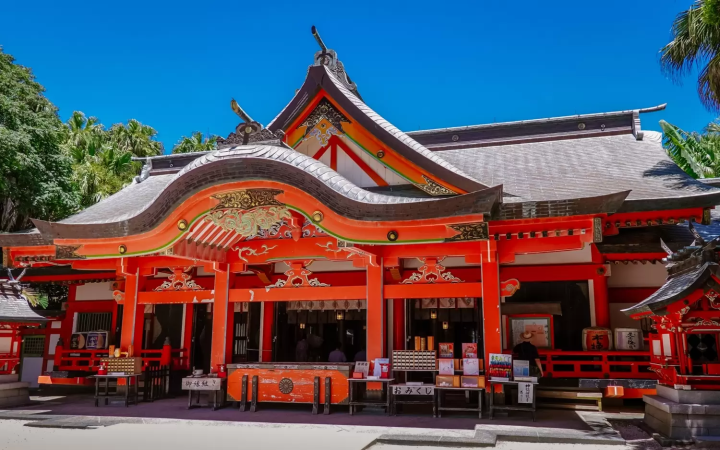
Aoshima Shrine is located on the small island of Aoshima, which has a circumference of 1.5 kilometers, with the entire island serving as the shrine grounds.
Known for enshrining the matchmaking deity, the shrine attracts many visitors from across the country, especially those seeking love.
They also offer many items focused on fulfilling love, such as heart-shaped ema (wishing plaques) and love fortunes, which have contributed to its popularity.
It’s also famous for the Ancient Path of Prayers, a tunnel made of a large number of ema, and the Ama no Hiraka Nage, a ritual where you throw a flat earthenware dish while making a wish to the iwasaka (*).
* Iwasaka: a sacred place where a deity resides, such as in a rock.
Day 2: Udo Shrine (Miyazaki)
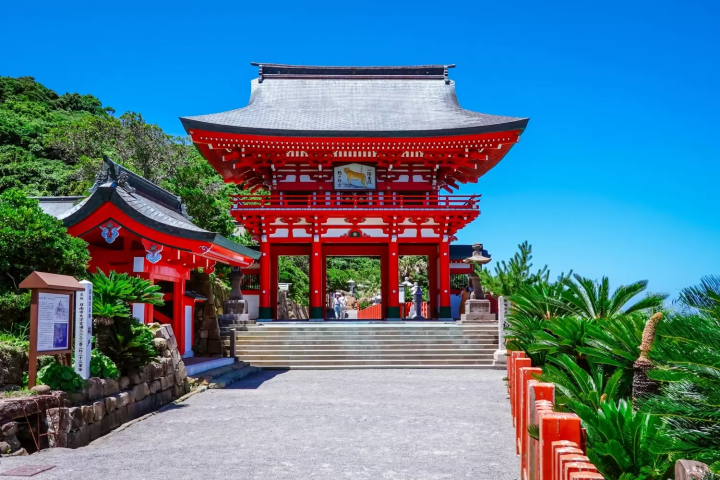
A jingu (shrine associated with the Imperial family) located in Udo, a cape extending into the Hyuganada Sea.
Designated as a national place of scenic beauty, the cape’s shape visible from Aoshima Shrine is known as the Devil’s Washboard and is also recognized as a natural monument by the prefecture.
Known for offering blessings in matchmaking, it is famous for the Undama Nage, an activity where you throw undama (lucky balls) toward a rock called Kameishi, located below the cliff, from in front of the honden (main hall).
Day 3: Kirishima Shrine (Kagoshima)
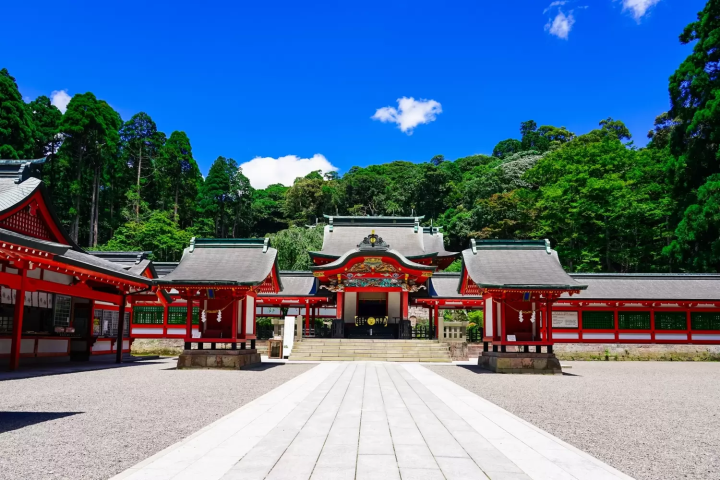
On the final day of our spiritual spot tour, we’ll visit Kirishima Shrine, known as one of the most significant spiritual spots, not only in Kyushu but in all of Japan.
It is famous as the site of the Tenso Korin legend, the descent of Amaterasu’s grandson to Earth, and is believed to bring good fortune and various other blessings.
A part of the main shrine building is designated as a National Treasure. Each of the shrines enshrines one of its six deities, creating a mystical and serene atmosphere.
The return journey to Kagoshima Airport takes about an hour by direct bus.
Frequently Asked Questions
How many days do I need to travel around Kyushu?
If you’re visiting famous spots in neighboring regions, a three-day, two-night trip is more than enough.
However, if you plan to travel around all of Kyushu, you’ll need at least four days and three nights. The key to enjoying your trip is to decide on a theme and efficiently pick the places you’ll visit.
When is the best season to travel to Kyushu?
When considering all of Kyushu, the best times are broadly divided into three periods: from spring to early summer when the weather is pleasant, the autumn leaves season, and from late autumn in November early December just before it gets truly cold.
The “best” season is when you can comfortably enjoy nature. In contrast, midsummer and midwinter are less recommended due to the harsh temperatures and weather conditions.
Where are the most powerful spiritual spots in Kyushu?
There are numerous places known as spiritual spots in Kyushu. Each spot is known for its blessings and architectural charm. Our top recommendations are as follows below:
・Kirishima Shrine (Kagoshima Prefecture)
・Udo Shrine (Miyazaki Prefecture)
・Aoshima Shrine (Miyazaki Prefecture)
・Dazaifu Tenmangu (Fukuoka Prefecture)
Kirishima Shrine, Udo Shrine, and Aoshima Shrine, which are all introduced in this article, are considered popular shrines in Kyushu.
Other famous spots include Dazaifu Tenmangu in Fukuoka Prefecture and Aso Shrine in Kumamoto Prefecture.
Set a Theme for Efficient Kyushu Sightseeing
Much like we introduced earlier, the key to efficiently enjoying the expansive region of Kyushu is to decide on a theme and pick the places you want to visit.
Set your trip’s theme to whatever you enjoy most, such as scenic views, hot springs, and spiritual spots, and enjoy your Kyushu sightseeing to the fullest.
Read also
Main image courtesy of Photo AC
Written by Cakutama editorial team
This is the official account of MATCHA's editorial department. Our articles feature useful travel information for visitors to Japan, from how-to guides to recommended places to visit.






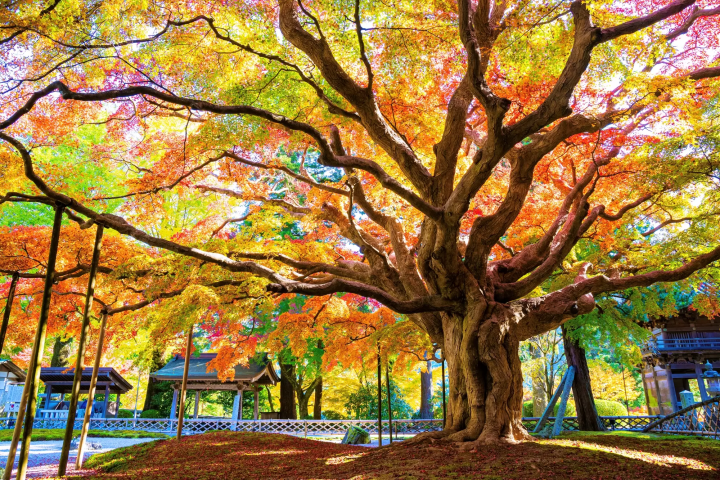


















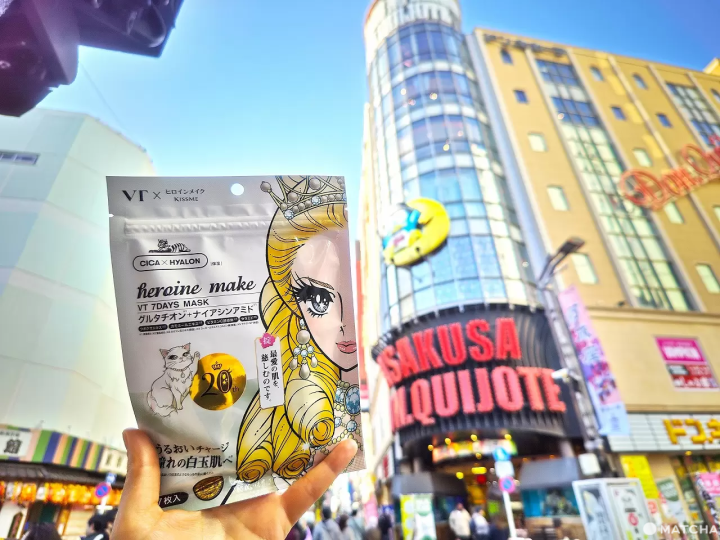

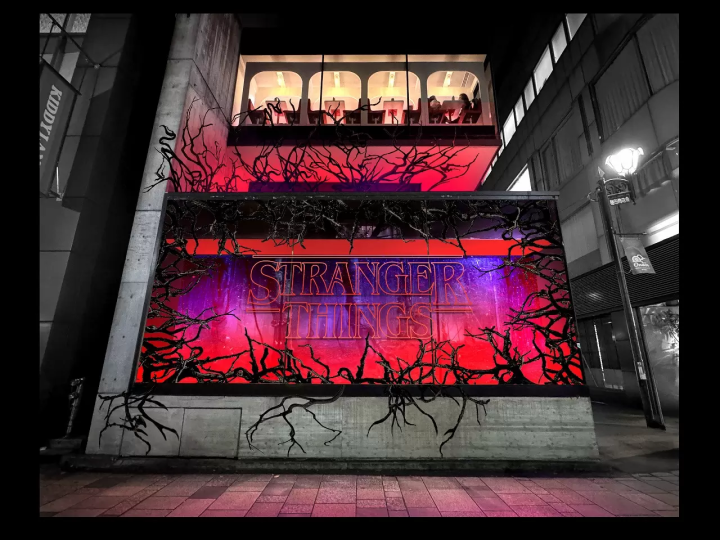
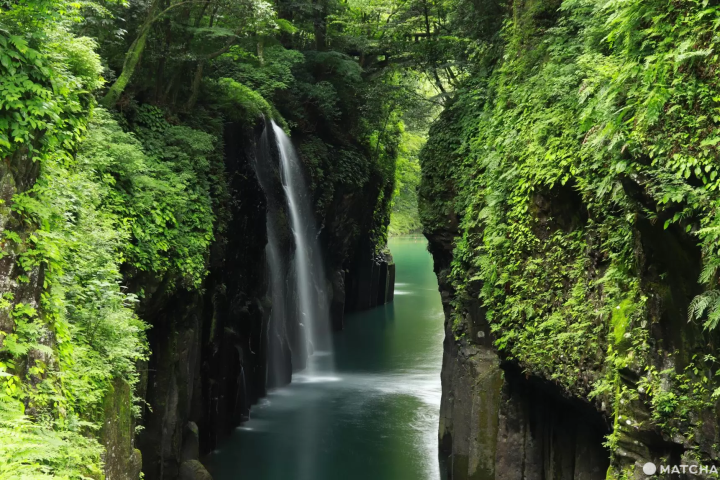





![[JR KYUSHU HOTEL Blossom Oita] A hotel directly connected to Oita Station - A comprehensive guide to access!](https://resources.matcha-jp.com/resize/720x2000/2025/10/23-247814.webp)
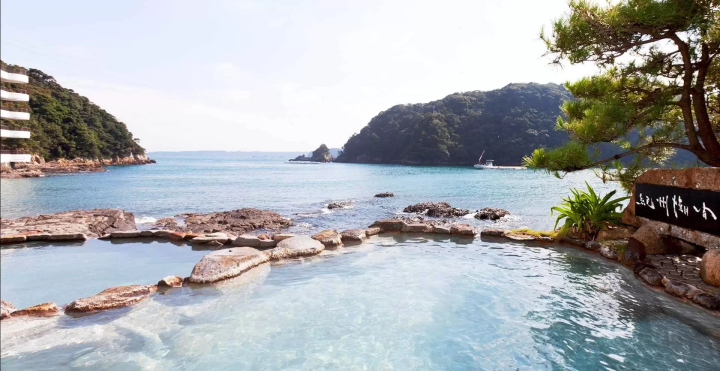
![Deep dive into Japanese brands! A tour of famous leather shoe stores with GENSEI & Nin [Harta Edition]](https://resources.matcha-jp.com/resize/720x2000/2025/12/18-253277.webp)
